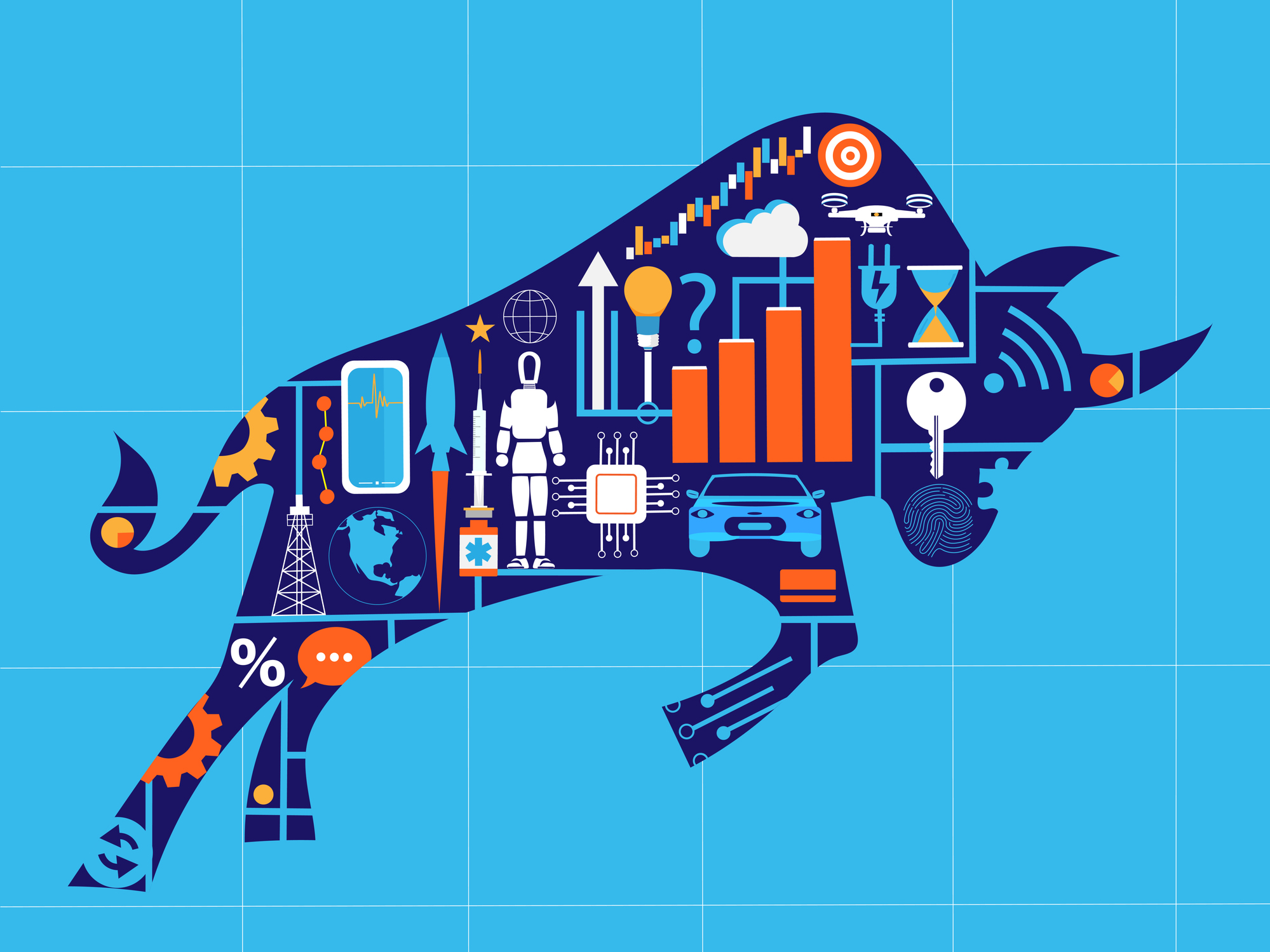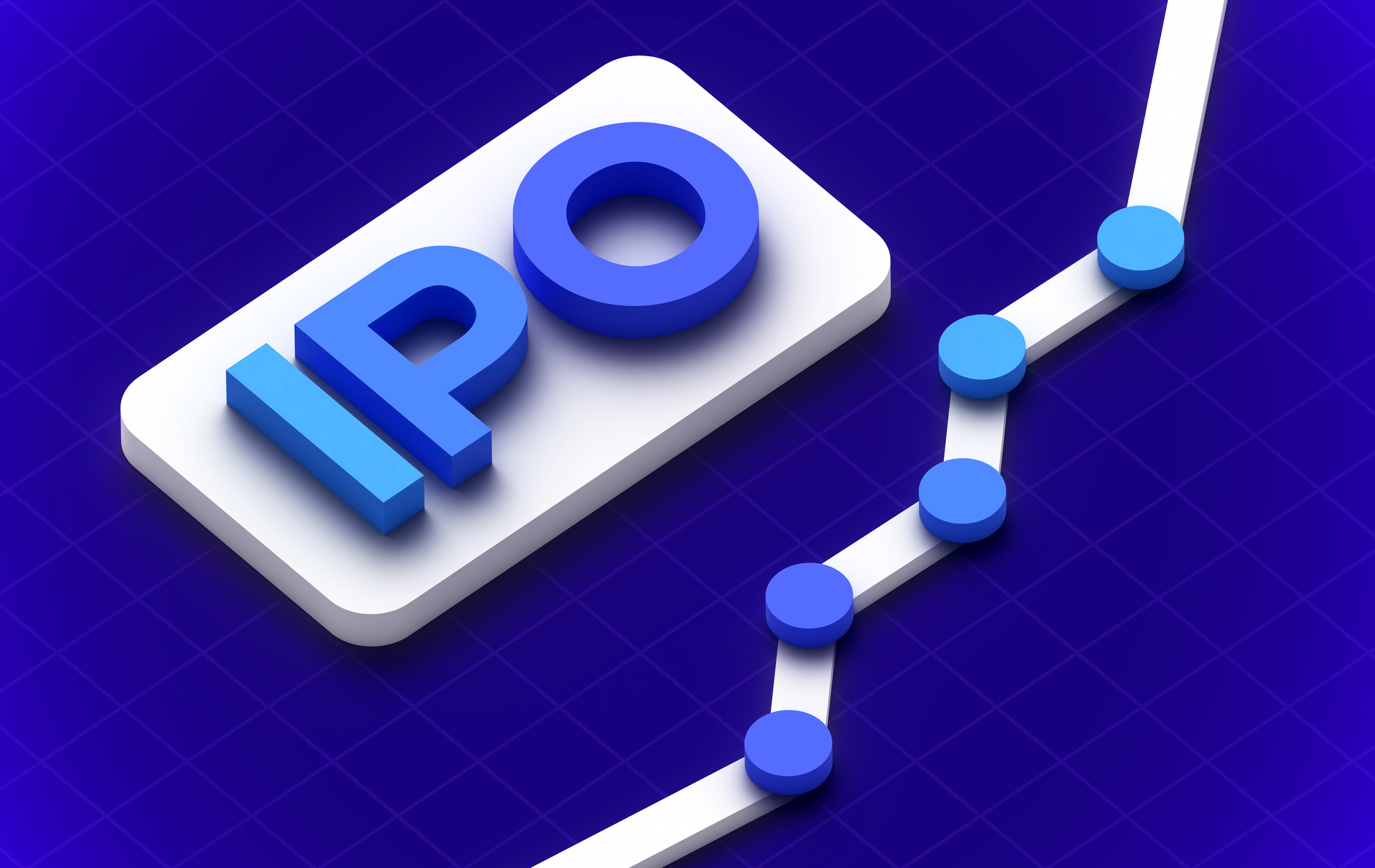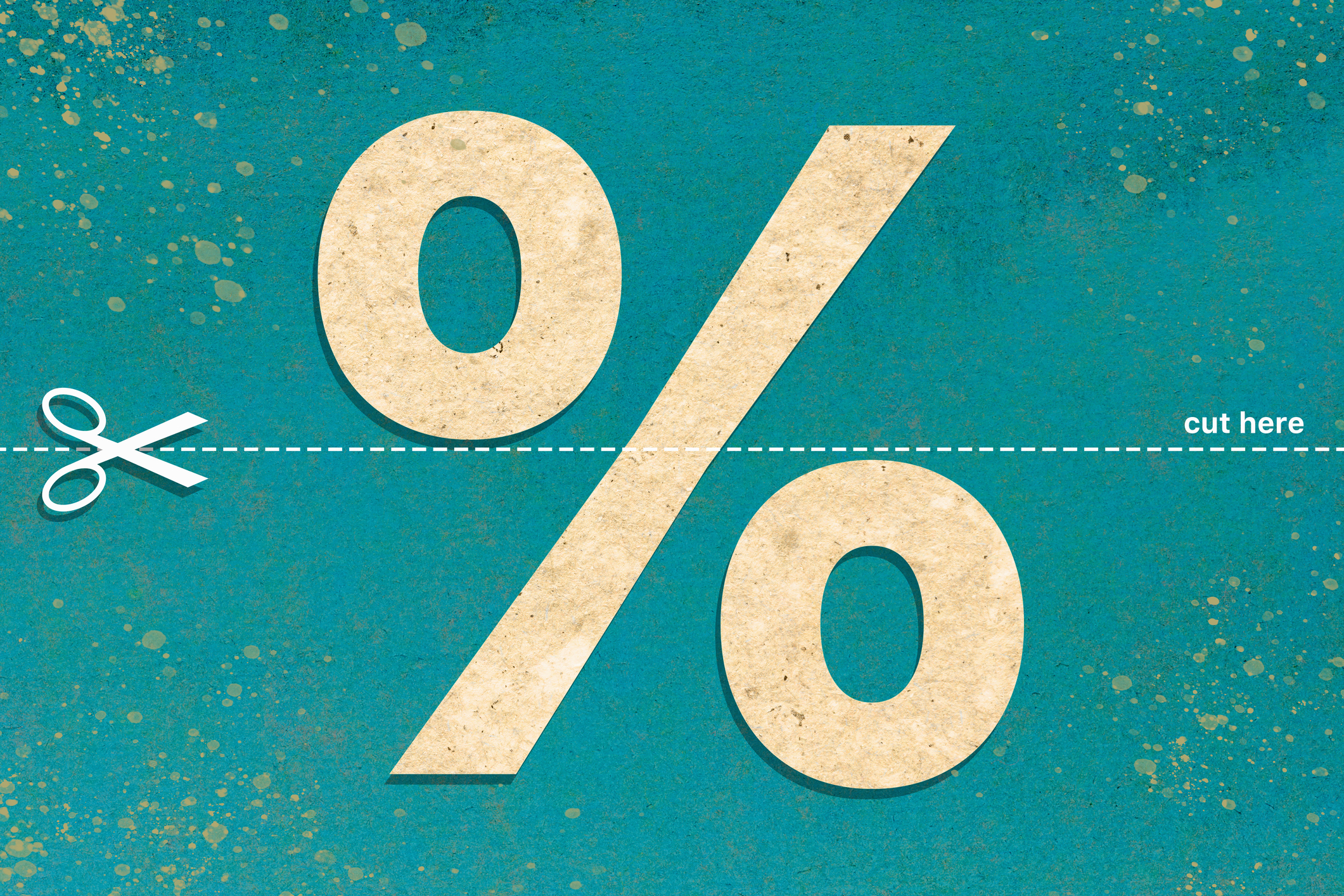What is AI Worth to the Economy?
Spending on AI is already boosting GDP, but will the massive outlays being poured into the technology deliver faster economic growth in the long run?

To help you understand what is going on in new technologies and the economy, our highly experienced Kiplinger Letter team will keep you abreast of the latest developments and forecasts (Get a free issue of The Kiplinger Letter or subscribe). You'll get all the latest news first by subscribing, but we publish many (but not all) of our forecasts a few days afterward online. Here’s the latest...
Amid the hype over AI, a practical question: When will the technology boost the economy the way its developers and promoters are promising? Is artificial intelligence going to unleash a surge in worker productivity, as epochal new tech has done in the past? Or is investor enthusiasm for it overdone?
In one sense, AI is already adding to GDP. Spending on AI hardware is astronomical, both for the costly, specialized chips that power AI and the related infrastructure to deliver the electricity that those chips devour. This spending raised GDP by 0.3% in the second quarter of this year. Even that doesn’t fully capture the size of this investment surge, since some capital outlays that tech firms are making don’t show up in the official GDP accounting method. Just look at the top five firms by AI investment: Amazon, Alphabet, Meta, Microsoft and Oracle. The increase in their AI-related capital expenditures over the past two years equals about 10% of GDP gains in the U.S. over that time period. Add the power plants, transmission lines and other infrastructure they need to run their data centers, and the outlay is even bigger.
From just $107.88 $24.99 for Kiplinger Personal Finance
Become a smarter, better informed investor. Subscribe from just $107.88 $24.99, plus get up to 4 Special Issues

Sign up for Kiplinger’s Free Newsletters
Profit and prosper with the best of expert advice on investing, taxes, retirement, personal finance and more - straight to your e-mail.
Profit and prosper with the best of expert advice - straight to your e-mail.
There are also signs that businesses are gearing up for AI to make an impact on their operations. Company mentions of AI use for research tripled since Nov. 2022, when ChatGPT launched and turbocharged generative AI. 25% of job listings posted for IT professionals since the start of last year have asked for AI-related skills. The number of mobile AI app downloads hit 60 million this March. Internet searches related to AI have grown tenfold since OpenAI unveiled ChatGPT to the public. When it comes to whether AI will make workers more productive, the picture gets murkier. There are some early signs that it’s happening. Inflation-adjusted revenue per worker among S&P 500 companies has been rising since late 2022, following a 15-year period when it stayed flat.
It’s not clear why, but the overlap with advanced AI applications going mainstream is hard to ignore. But with so much money pouring into AI, there are reasons for skepticism. Much of the investment being made today could end up wasted. Many companies that are in vogue now figure to fail. It’s possible that AI computing power being rushed online could ultimately prove to be unneeded, akin to how fiber-optic cable networks got overbuilt in the 1990s. That capacity eventually got used as data consumption rose, but not before builders who spent too much on it went bankrupt. If the current AI data center boom fizzles, the pullback in spending could spark a mild recession, as the tech bust in 2001 did. Most major technological leaps take time to filter through the economy. AI does seem genuinely transformative. But the transformation may take many years.
This forecast first appeared in The Kiplinger Letter, which has been running since 1923 and is a collection of concise weekly forecasts on business and economic trends, as well as what to expect from Washington, to help you understand what’s coming up to make the most of your investments and your money. Subscribe to The Kiplinger Letter.
Related content
- What Is AI? Artificial Intelligence 101
- The Explosion of New AI Tools
- 10 Major AI Companies You Should Know
- Blue Collar Workers Add AI to Their Toolboxes
- What Is AI Investing?
Profit and prosper with the best of Kiplinger's advice on investing, taxes, retirement, personal finance and much more. Delivered daily. Enter your email in the box and click Sign Me Up.

David is both staff economist and reporter for The Kiplinger Letter, overseeing Kiplinger forecasts for the U.S. and world economies. Previously, he was senior principal economist in the Center for Forecasting and Modeling at IHS/GlobalInsight, and an economist in the Chief Economist's Office of the U.S. Department of Commerce. David has co-written weekly reports on economic conditions since 1992, and has forecasted GDP and its components since 1995, beating the Blue Chip Indicators forecasts two-thirds of the time. David is a Certified Business Economist as recognized by the National Association for Business Economics. He has two master's degrees and is ABD in economics from the University of North Carolina at Chapel Hill.
-
 December Fed Meeting: Live Updates and Commentary
December Fed Meeting: Live Updates and CommentaryThe December Fed meeting is one of the last key economic events of 2025, with Wall Street closely watching what Chair Powell & Co. will do about interest rates.
-
 This Is Why Investors Shouldn't Romanticize Bitcoin
This Is Why Investors Shouldn't Romanticize BitcoinInvestors should treat bitcoin as the high-risk asset it is. A look at the data indicates a small portfolio allocation for most investors would be the safest.
-
 I'm a Federal Benefits Pro: I Answer These 2 Questions a Lot
I'm a Federal Benefits Pro: I Answer These 2 Questions a LotMany federal employees ask about rolling a TSP into an IRA and parsing options for survivor benefits, both especially critical topics.
-
 What Investors May Face in the New Year: Interview
What Investors May Face in the New Year: InterviewKeith Lerner, the chief market strategist and chief investment officer for Truist Wealth, speaks with Kiplinger.
-
 What to Make of a Hot IPO Market
What to Make of a Hot IPO MarketThis year's crop of initial public offerings could be even dicier than usual because of a skew toward tech and crypto.
-
 How to Position Your Portfolio for Lower Interest Rates
How to Position Your Portfolio for Lower Interest RatesThe Federal Reserve is far from done with its rate-cutting regime. This is how investors can prepare.
-
 A JPMorgan Fund Holds Its Own Thanks to a Focus on Quality
A JPMorgan Fund Holds Its Own Thanks to a Focus on QualityDespite its defensive characteristics, the JPMorgan U.S. Quality Factor holds up in good times and in bad.
-
 What Fed Rate Cuts Mean For Fixed-Income Investors
What Fed Rate Cuts Mean For Fixed-Income InvestorsThe Fed's rate-cutting campaign has the fixed-income market set for an encore of Q4 2024.
-
 The AI Boom Will Lift IT Spending Next Year
The AI Boom Will Lift IT Spending Next YearThe Kiplinger Letter 2026 will be one of strongest years for the IT industry since the PC boom and early days of the Web in the mid-1990s.
-
 Why I Trust These Trillion-Dollar Stocks
Why I Trust These Trillion-Dollar StocksThe top-heavy nature of the S&P 500 should make any investor nervous, but there's still plenty to like in these trillion-dollar stocks.
-
 Hang in There With This Value Fund
Hang in There With This Value FundPatience is required for investors in the Dodge & Cox Stock Fund, but its long-term outperformance proves it's worth the wait.